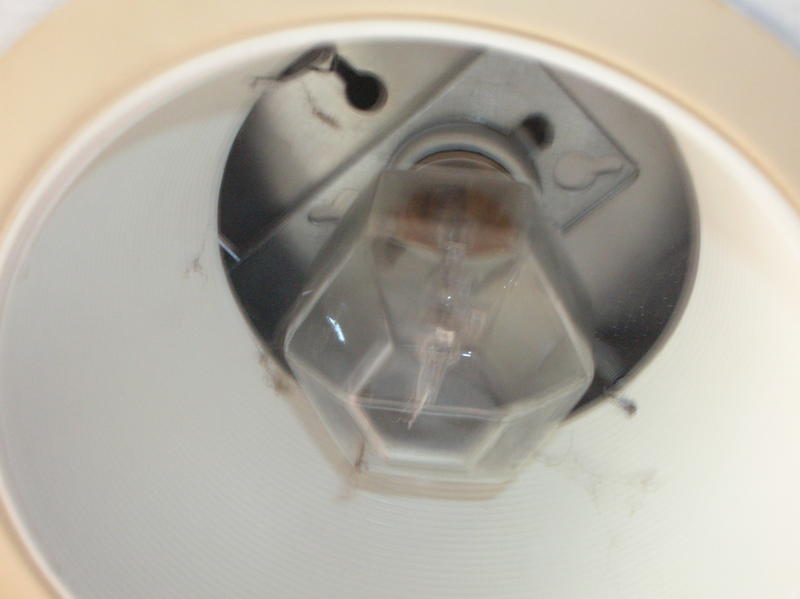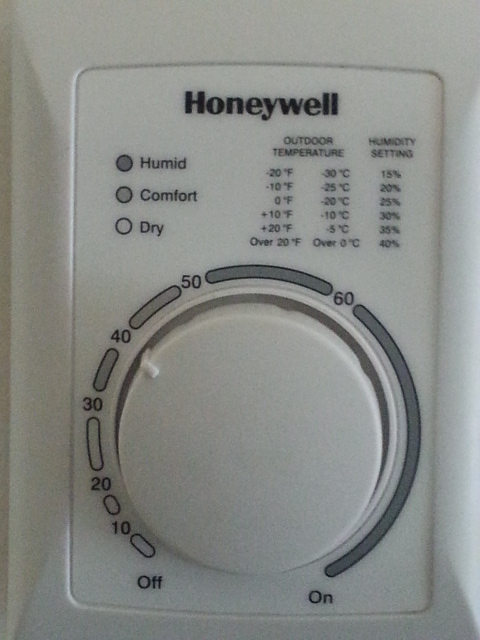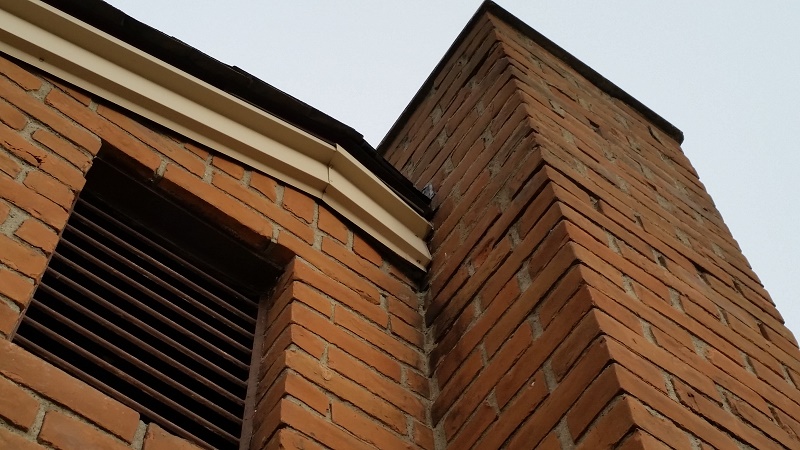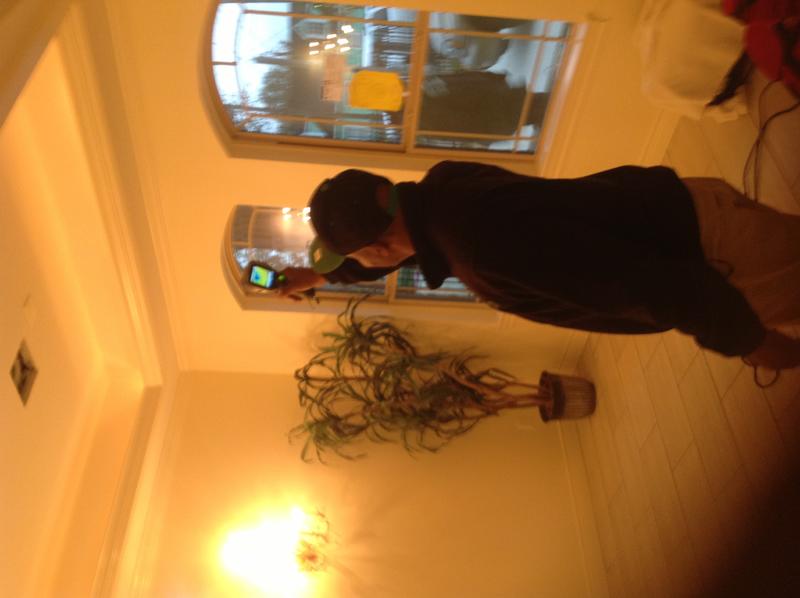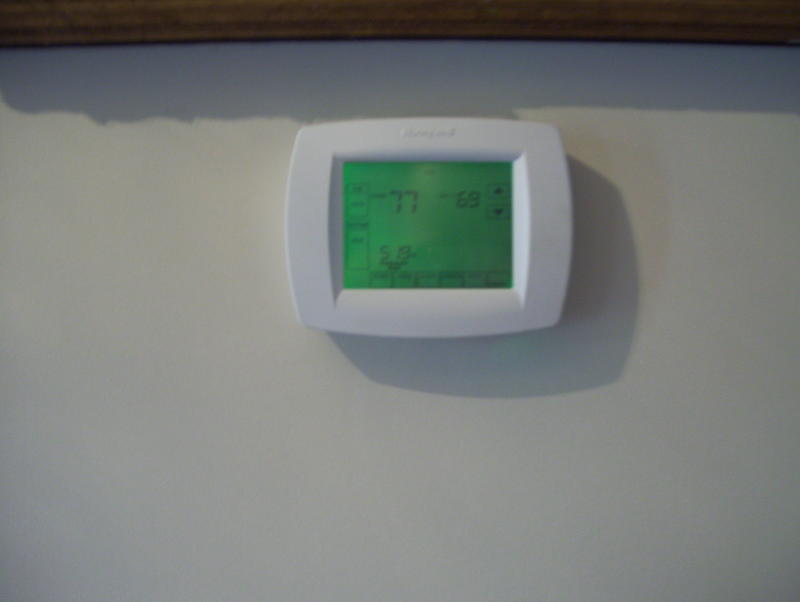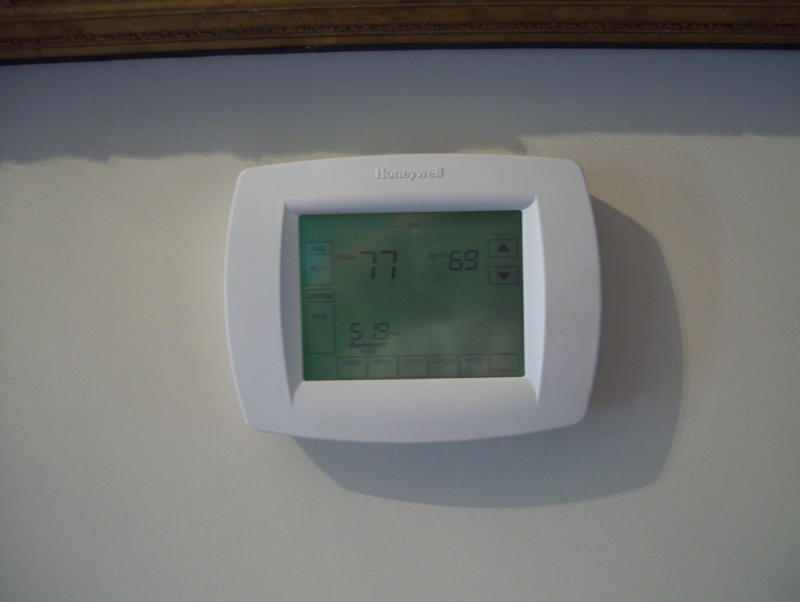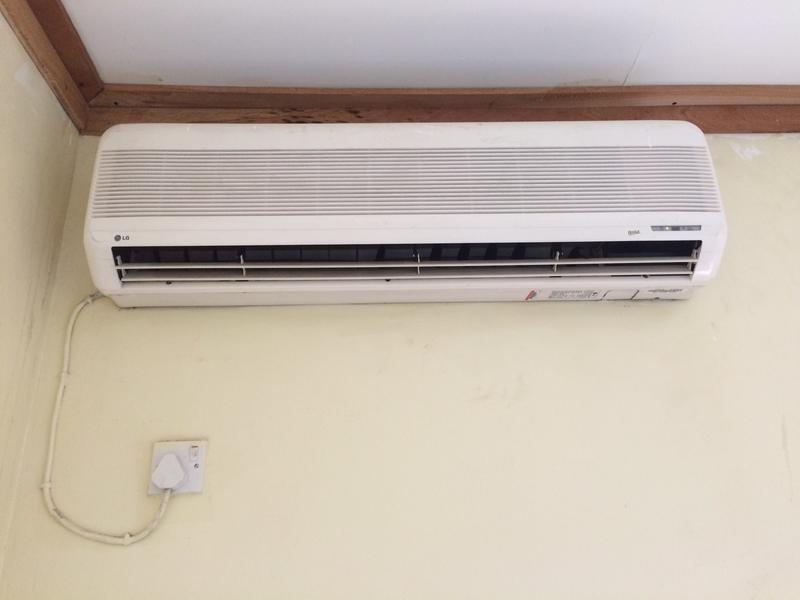can lights in kitchen tested and have air leakage.lights show temperature drop of 510 degrees F.attic shows poor insulation and unsealed chases for conduit and wiring
FIREPLACE
INSPECT:
_x I inspected readily accessible and visible portions of the fireplaces and chimneys.
_____ The readily accessible and visible portions of the fireplaces and chimneys were not inspected, because they were:
_____ inaccessible
_____ unsafe
_____ not present
_____ not within the scope of the inspection
x__ I inspected the lintels above the fireplace openings.
_____ The lintels above the fireplace openings were not inspected, because they were:
_____ inaccessible
_____ unsafe
_____ not present
_____ not within the scope of the inspection
x_ I inspected the damper doors by opening and closing them, if readily accessible and manually operable.
_____ The damper doors were not inspected, because they were:
_____ inaccessible
_____ unsafe
_____ not present
_____ not within the scope of the inspection
x_ I inspected the cleanout doors and frames.
_____ The cleanout doors and frames were not inspected, because they were:
_____ inaccessible
_____ unsafe
_____ not present
_____ not within the scope of the inspection
DESCRIBE:
The type of fireplace can be described as:
x___ masonry solid fuel-burning
_____ factory-built solid fuel-burning
_____ decorative gas-burning
_____ solid fuel-burning stove
_____ solid fuel-burning fireplace insert
REPORT:
_x I saw evidence of joint separation, damage or deterioration of the hearth, hearth extension or chambers. Correction is needed.
_____ I saw evidence of manually operated dampers that did not open and close. Correction is needed.
x_ I saw evidence of the lack of a smoke detector in the same room as the fireplace. Correction is needed.
x___ I saw evidence of the lack of a carbon-monoxide detector in the same room as the fireplace. Correction is needed.
_____ I saw evidence of cleanouts not made of metal, pre-cast cement, or other non-combustible material. Correction is needed.
x_ I saw evidence of a material defect. Correction is needed.
_____ I saw evidence of a functional defect. Correction is needed.
x_ I saw evidence of a cosmetic defect.
cracks in firebox need resealed with appropriate sealer.cracks and missing where brick meets home interior,need caulked or sealed___________________________________________________________________________________________________________
I was unable to post picture. so. I was up in my attic last summer and notice that the p-trap was on the outside of the catch pan and condensation had built up do to the cold water running through it and the heat in the attic. I could see the wet spot on the attic floor. I put pipe insulation around the p-trap and that solved the issue.
Here’s a picture of the humidistat I installed along with a whole house humidifier I installed this winter. Not the handy reference guide for approximate settings based on the outside temperature.
As part of a pre-licensing filed inspection, the structure and components of my house were evaluated. As it relates to this course, insulation and ventilation in the attic space are of most notable need of attention.
A chimney (and the chimney chase) very close to a gable vent presents some unique inspection observations.
The insulation and ventilation were inspected in the above referenced home. Observations and suggestions were made. Material defects were noted.
The central air and central humidifier articles were read as the 2 articles required by this course. Inspectors may learn quite a bit from understanding how central air and humidifiers affect the operation of each other.
The attached image shows a whole-house humidifier attached to the furnace duct. It is designed to maintain a comfortable humidity level in the house throughout the winter.
I read the articles about Central Humidifiers and Ceiling Fans. Both elements of the home play important roles in maintaining occupant comfort year round. In particular, it is important to offer basic maintenance recommendations, such as adjusting the damper on the humidifier or changing the blade direction on the fan seasonally.
Hi Guys,
Remember to check for fogging ie., condensation in the thermal pane windows.
Paul
Commercial flat roof inspection.Areas of inspection included draining, condition of membrane and mechanicals station on the roof.
I learned how moisture enters a home thru the ways listed below.
Moisture or water vapor moves into a house in the following ways:
air infiltration. Air movement accounts for more than 98% of all water vapor movement in building cavities. Air naturally moves from high-pressure areas to lower ones by the easiest path possible, such as a hole or crack in the building envelope. Moisture transfer by air currents is very fast (in the range of several hundred cubic feet of air per minute). Replacement air will infiltrate through the building envelope unless unintended air paths are carefully and permanently sealed;
by diffusion through building material. Most building materials slow moisture diffusion, to a large degree, although they never stop it completely;
leaks from roof;
plumbing leaks;
flooding, which can be caused by seepage from runoff or rising groundwater; it may be seasonal or catastrophic; and
human activities, including bathing, cooking, dishwashing and washing clothes. Indoor plants, too, may be a significant source of high levels of humidity.
It is very interesting to see how much comfort and climate control has an influence on a person. Air infiltration plays a significant role in the comfort of a person and energy consumption.
Hi everyone;
I would like to share two pictures of a modern Honeywell programmable thermostat. This thermostat is in a home that is only 6 months old. It controls a heat pump AC split system with an electric furnace backup. The thermostat has simple digital readout and controls. Honeywell has been manufacturing thermostats and other controls for a long time and is one of the leading American companys that produce heating/ cooling controls.
thanks,
Nat
Thermostats:
Often, you may see a clear plastic or a wire cage around a wall thermostat. This cage often will have a small key locking system on it. This accomplishes 2 things. The first thing it accomplishes is preventing mischief by children or unauthorized adults who like to push the buttons and turn the dial and see what happens. The second thing it does is prevent damage from accidentally getting hit with something. They are more common in a commercial setting than residential but occasionally you may see them in a residence.
thanks,
Nat
I took this picture while working in Africa. Most buildings here are not equipped with any central HVAC system. These room specific units do not control air movement and in the high humidity near the equator fail to control RH. Hence the moisture problems inside structures in this region of the world.
I learned during the electrical inspection course that you should not wear nylon clothing when inspecting the main panel. Since I live in Florida and it is extremely hot, I usually wear nylon clothing as it wicks moisture better and dries out quickly. I have had to learn to change into a cotton t-shirt when pulling a dead front.
